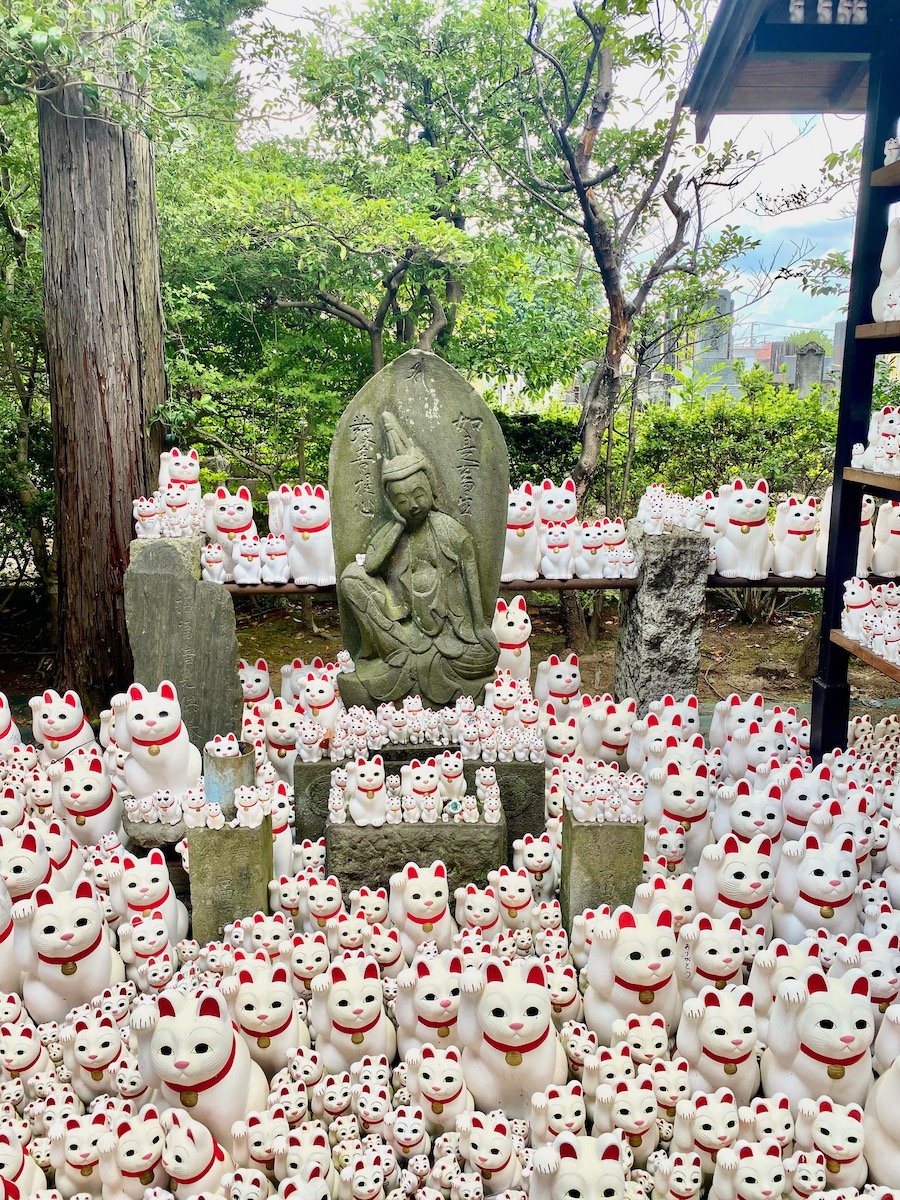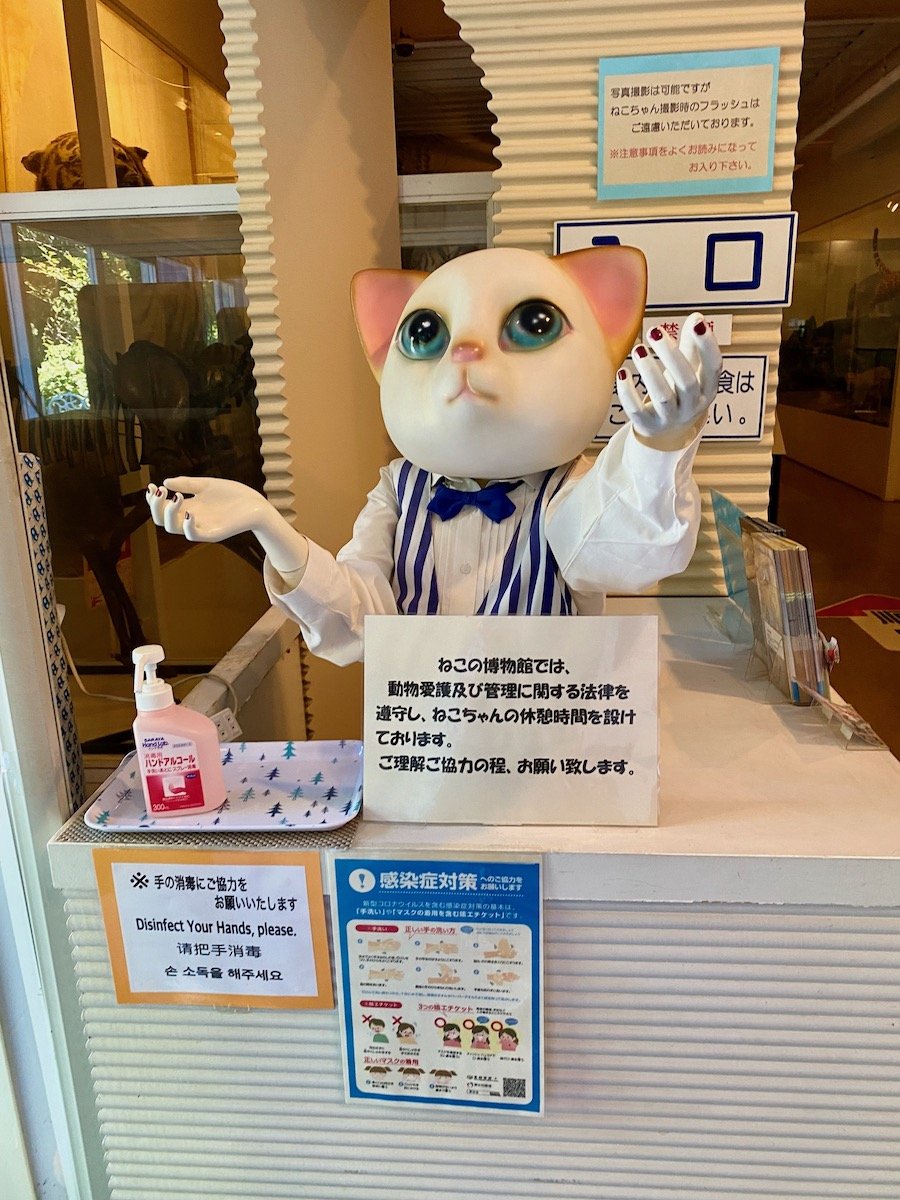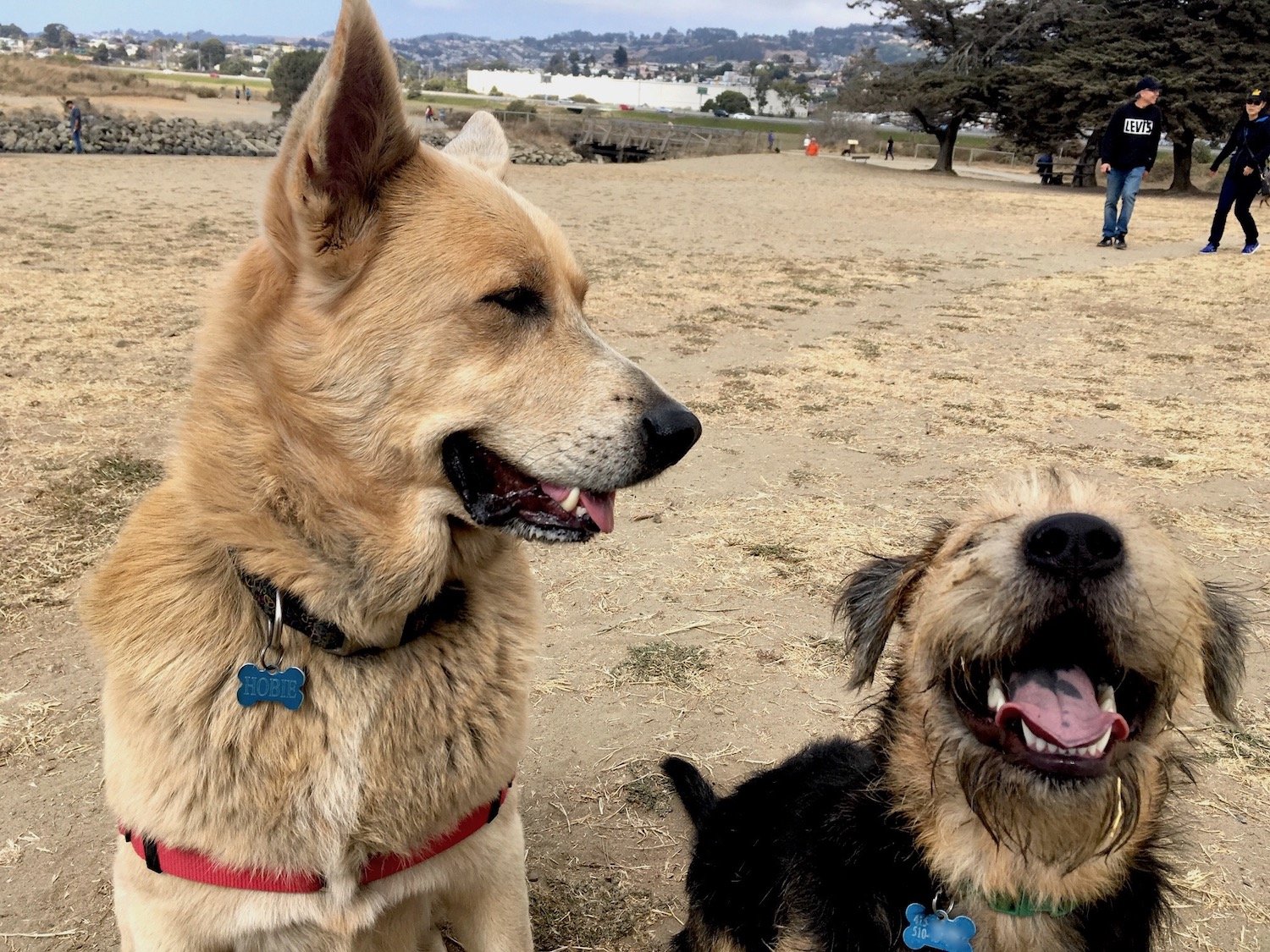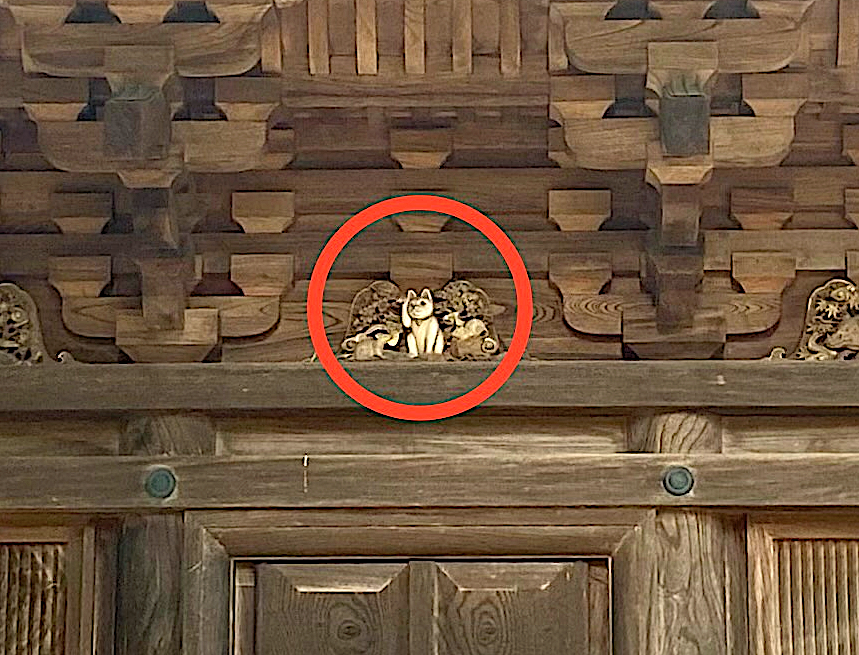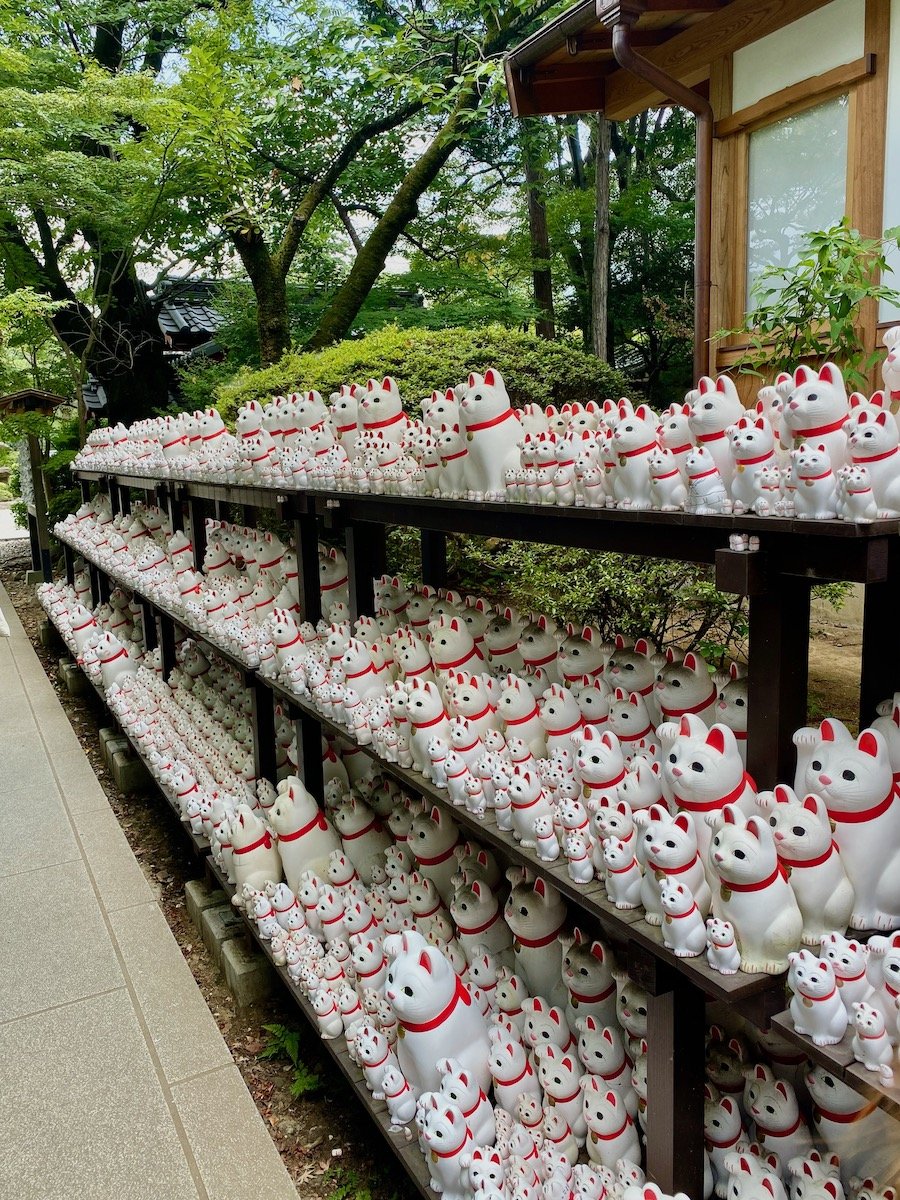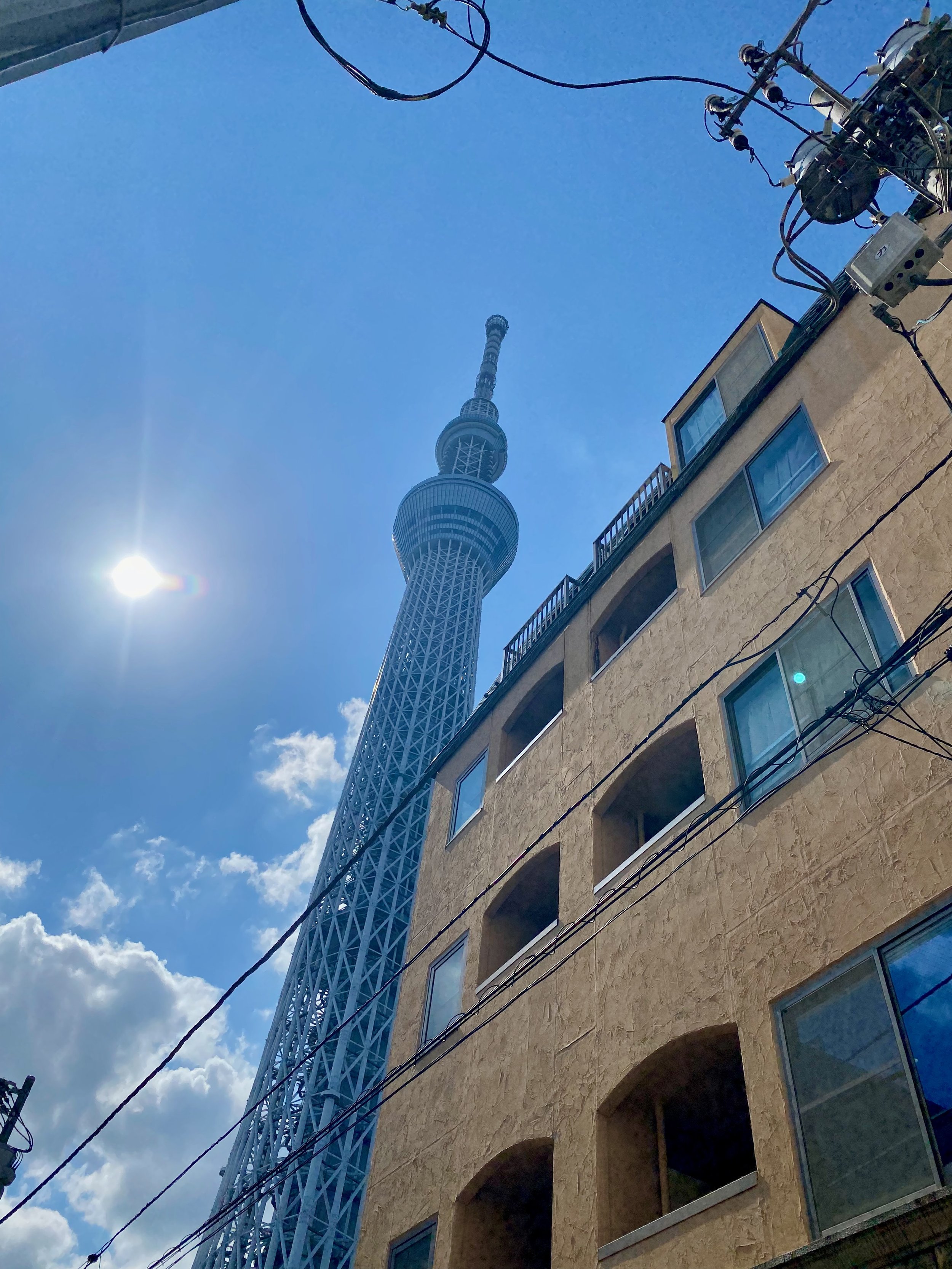Japan Journals 3: Of Cats and Capybaras
Japan Journals 3 is the second in a series of pieces about my trip to Japan this past summer with my wasband,* D, and my two sons, C (age 20) and E (age 15).
*a husband from whom one is amicably separated
If you missed, Japan Journals 1: Tokyo, you can find it here.
My fifteen-year-old son E likes cats. Since keeping him engaged is one of my priorities and challenges on this trip, and twenty-year-old C is generally up for anything, we do a lot of cat stuff in Japan.
Which isn’t hard, because Japan has a national obsession with felines.
In our first week, we visit a cat temple, a rescue cat café, and a cat museum. Later we stay in a guesthouse with three resident felines that seem to run the place. Small ceramic maneki-nekos—beckoning cats, also known as lucky cats—crowd the shelves of souvenir shops and dwell behind registers at convenience stores. Most are made of white ceramic with red inner ears and a red collar, their right front paw raised in greeting, though some are gold, black, or red. The arms on the larger ones are sometimes mechanized, the raised paw perpetually bobbing up and down. There are even cat islands here—eleven of them— where untold numbers of cats roam free.
I love all non-human animals, but when it comes to the cat v. dog loyalty oath, I’m a card-carrying dog person.
Dogs’ emotions are right on the surface. Most will love you the moment they meet you, unless you give them a good reason not to. They show that love by wagging, licking, and even jumping on you if given the chance. (They’re also likely to smell your crotch, but that’s another matter.)
Cats, on the other hand, can be quite picky. They take a while to trust you, if they decide to at all. Even if they’ve shown you favor by rubbing against your leg or sitting on your lap, they might not do it again tomorrow. A cat can enter and leave a room you’re in without ever acknowledging you at all.
And yes, I’ve met doglike cats and catlike dogs. We’re talking averages here.
I tend to be doglike in my affections, minus the wagging, licking, jumping and crotch-smelling. If you’re nice to me, I’ll greet you warmly and answer your questions candidly. If I don’t like you, you’ll probably know that too—I’m told my face is utterly transparent. And I’ve always been terrible at keeping secrets—even my own—though I can do so under duress.
I sometimes think the fact that I’m a dog person and my wasband D is a cat person is one of the reasons we’re no longer a couple in the traditional sense. The personalities of our boys reflect this dichotomy, with C exhibiting more doglike traits and E catlike ones, though they are young yet, and this may change. Still, this may explain why D has an easier time drawing teenage E out than I do.
On our third day in Tokyo, while D meets with colleagues, my two sons and I make our way to Gotoku-ji Temple of Lucky Cats, the purported birthplace of the maneki-neko.
According to legend, in the early part of the 17th century, a poor monk and his cat lived in the Gotokuji temple, which had fallen into disrepair . One day a powerful Lord was passing by the temple, when it started to rain. The Lord took shelter under a nearby tree. Looking up, he saw a cat at the temple gate, beckoning him with its paw. Curious, the Lord left the tree and approached the cat. A moment later, the tree was struck by lightning. The Lord was so grateful to the cat for saving his life that he became the temple’s patron. When the cat died, the first maneki-neko statue was built in its honor.
At the entrance to Gotokuji temple, we find, not a cute little maneki-neko, but a terrifying fanged creature known as a komainu. The komainu is a protector, there to safeguard the temple and its visitors. Komainu translates as lion-dog, which makes me think that here, perhaps, is a place where dog and cat people can come together in peace.
This particular komainu is also an incense holder, where visitors can make offerings.
We stroll through the temple’s spacious grounds. The 74-foot Sanju-no-to (three-tiered pagoda) has several adorable maneki-nekos tucked between carvings of the twelve animals of the Chinese zodiac.
This one is flanked by two rats, who seem unconcerned about the possibility of being eaten.
We’re most impressed by Shofuku-den, an area near the pagoda where thousands of maneki-nekos of various sizes crowd together on wooden platforms. It reminds me of the meerkat island in the movie version of The Life of Pi, in which, when the sun’s up, meerkats crowd every fragment of space. Unlike the meerkats, these maneki-nekos remain motionless—at least during the day.
The maneki-nekos in Shofuku-den continue to multiply as visitors from all over the world nest more of them there every day in hopes of bringing good fortune to their families, homes, and businesses. You can buy them at the temple shop, to leave or take with you. You can also buy a wooden charm on which to write a wish, or a paper fortune called omikuji, found at many Buddhist temples and Shinto Shrines in Japan. If you like what’s written on your omikuji, you take it with you. If you don’t, you tie it to a tree and leave it behind. I like this take-it-or-leave-it approach to prophecy, in which—unlike in, say, in ancient Greece—you have the option of saying no, thank you to an unpleasant fate. Imagine how differently things would’ve turned out for Oedipus if he could’ve tied a piece of paper inscribed with the words kill-father-marry-mother to a nearby tree and walked away.
E buys a small maneki-neko to bring home.
The next day, our last in Tokyo, we ascend to the observation deck of Tokyo Skytree. At 2080 feet, it’s the tallest structure in Japan and the third tallest in the world.
While marveling at the shape and size of this beautiful city with its population of 37 million, we overhear that we’re within walking distance of Café Capyba, where you can enjoy a tea or cappuccino in the company of the world’s largest and arguably friendliest rodents—capybaras. Both boys are excited about this idea, so after we descend, we head over to check it out.
When we arrive, we discover that the day’s slots are all taken. Fortunately, the capybaras are right in front of us, hanging out with some young Japanese women in what looks like a small living room, behind a low chain-link fence. We lean over and stroke their wiry heads a few times before we’re politely invited to scram.
